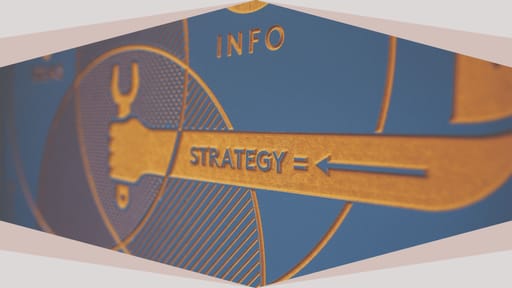All Zoomed Out? Here’s What Businesses Can Do

by Nathan Allen

Sitting all day and chatting with colleagues over Zoom or other videoconferencing apps sounds easy. After all, you’re not exerting much physical energy, so you should feel fresh as a daisy at the end of the workday. But if you’ve Zoomed through your day, you know that’s not true.
In reality, the increase in videoconferencing, particularly during the COVID-19 pandemic when people are making video calls for both work and fun, has led to the phenomenon known as Zoom fatigue.
What does that mean? “We see another person, and so we have the experience of presence, yet we lack all the body language, all the signals we are used to processing unconsciously. Our brain has to make an extra effort to compensate for all those aspects of communication we lack, and that’s tiring,” says psychiatrist and professor Dr. Gianpiero Petriglieri in an interview in Goop.
Snap Back from the Zoom Zone-Out
Whether you lead meetings and want your employees to feel more energized, or you want to preserve your own stamina, try these tactics to overcome this problem.
For starters, Dr. Petriglieri recommends, be mindful of how many video meetings you really need to have and whom you need to invite to them. In many cases, an email will suffice. For situations that need more real-time back and forth than email, don’t be afraid to pick up the phone and call (an amazing, hidden feature of smartphones). That way, employees don’t have to spend as much mental energy decoding body language.
Plus, phone calls have some advantages, like being able to talk while carrying a fussy baby, instead of trying to attend to them while keeping an eye on a video screen. Phone calls can also make light exercise more practical, for example, if an employee takes a walk during this time.

This movement is important because, on top of the brain drain, participating in video calls can leave you physically exhausted. Joining these meetings typically means sitting in front of a computer for long stretches of time, which can strain your eyes. And, paradoxically, a lack of movement often leaves you feeling more tired than if you got some light exercise.
“Sedentary people who regularly complain of fatigue can increase their energy levels by 20 percent and decrease their fatigue by 65 percent by engaging in regular, low intensity exercise,” finds a University of Georgia study.
When you work in an office, you might not get a ton of exercise either, but remote employees likely move even less—they don’t have to walk to a conference room to join a meeting. Altogether, the lack of movement, the eyestrain, and the mental effort of decoding nonverbal cues can leave remote workers too tired to accomplish their best work.
Lights, No Camera, Action
Another way to reduce the mental strain of video meetings is by empowering your employees to turn off their webcam during a Zoom meeting, effectively turning it into a phone call. Giving employees a true choice to engage in video or audio calls can allow them to match their decisions to their energy levels and personal preferences. You can use avatar technologies like Loom.ai and Pragli to split the difference between audio and video meetings. Participants see a face on the screen, but it’s not as intense as a live video feed.
And consider occasionally replacing meetings with…letters. As Dr. Petriglieri says, the novelty of a letter means that it “registers as a gesture of attention, of affection, and of intimacy” that video calls cannot match. Consider allowing employees to expense a small amount to send colleagues letters and cards, whether to connect on a personal level (rather than constant virtual coffee sessions) or to send recognition to one another for hard work. You might try technology like Touchnote, which lets employees create a card online that the program turns into a physical note sent through the mail.
Sending notes probably replaces only a fraction of meetings, but combined with these other efforts, notes can help reduce video meeting fatigue.
If you use your video meeting time well, your employees can then use video chat for tasks that require their most focused attention and interpersonal communication, such as during employee onboarding, managerial reviews, or for a critical brainstorming meeting where participants would benefit from seeing each other’s expressions. In any video meeting, try to keep your on-screen time succinct, rather than letting fatigue set in.
Video Killed the Remote Work Star
The flexibility of working remotely is great, but if you constantly have to join video calls, the fatigue and stress could soon outweigh the benefits. Instead, help your employees continue to enjoy remote work and stay productive by being more mindful about the number and length of video meetings your company holds. Try other tactics like making phone calls, empowering employees to choose whether to share their video feed, using avatars, and sending notes to find the right balance for your company.

Even Zoom recognizes that you can’t video chat all the time. The company partnered with the American Heart Association in June 2020 to address issues like virtual fatigue. The partnership includes initiatives such as promoting “a new kind of ‘happy hour,’ one that encourages employees to step away from their computers and spend an hour enjoying an activity outside or with loved ones.”
So, if Zoom can address videoconferencing fatigue, your business can, too. Why turn remote work into a slog? Give your employees the flexibility to communicate in a way that feels energizing, not draining, and you’ll help them maintain high levels of productivity and satisfaction.









